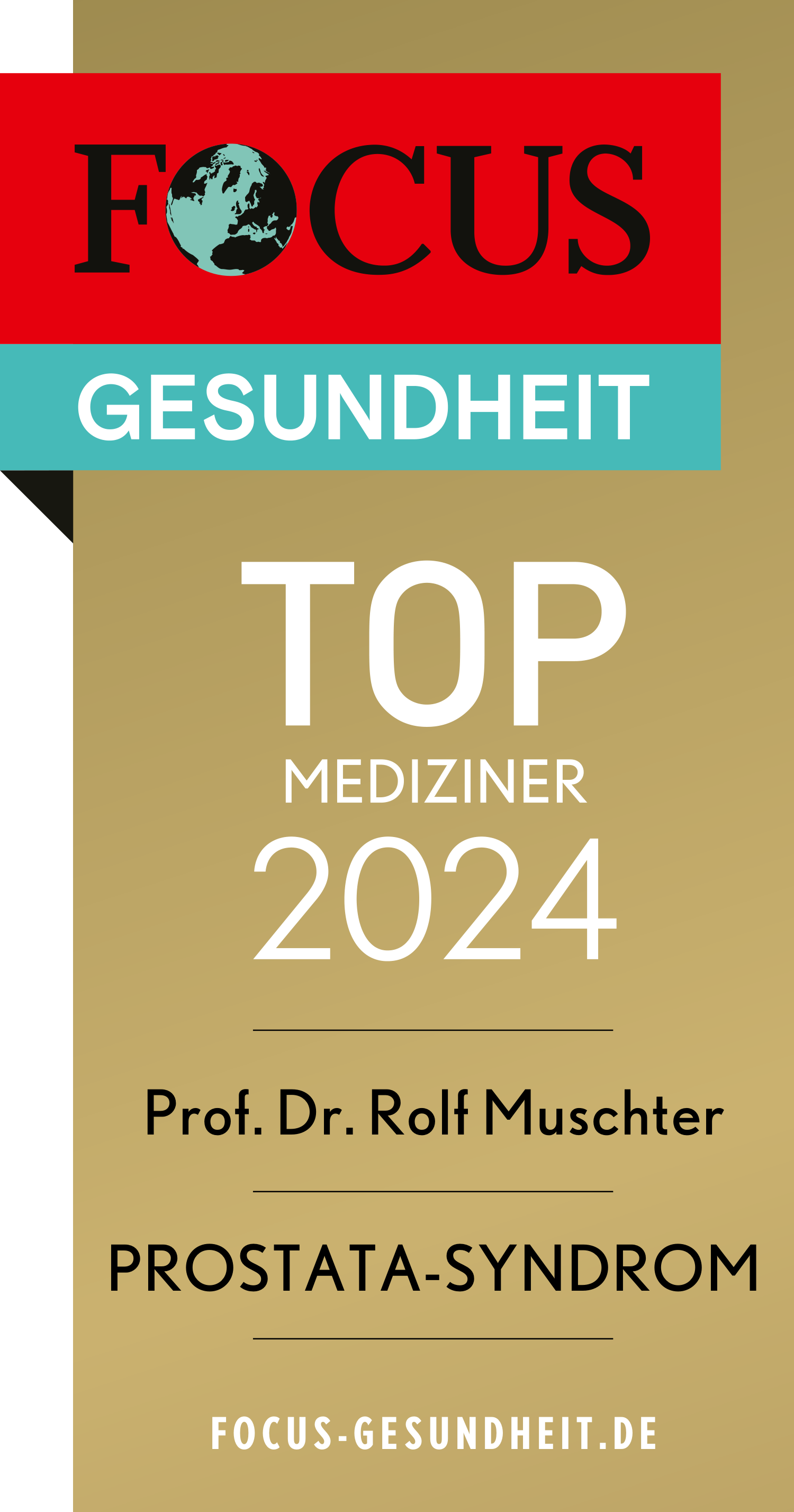Heart Attack and Stroke Risk Screening
Most people don’t concern themselves with the subject of preventive care until they develop symptoms or someone in their family or circle of friends suffers a cardiovascular event.
The following factors can lead to an increased risk of cardiovascular disease:
- Stress
- Lack of exercise
- Smoking
- Poor eating habits
- Unhealthy lifestyle
One basic problem is that heart attacks and strokes often occur suddenly and without any forewarning. This is not surprising given that risk factors such as high blood pressure and high cholesterol can go unnoticed for years, all the while leading to irreversible damage to the arteries.
Controllable Risk Factors
he pathological onset and progress of cardiovascular disease may be directly related to controllable risk factors. The controllable risk factors, i.e. factors that can promote plaque formation and a narrowing of the arteries, include the following:
- High blood pressure
- Hyperlipidemia (e.g. elevated cholesterol level)
- Smoking
- Excess weight
- Diabetes mellitus
- Lack of exercise
- Psycho-emotional stress
- Psycho-social stress
Uncontrollable Risk Factors
In addition to the controllable risk factors, uncontrollable risk factors can also play a role in the occurrence of a heart attack or stroke. These factors include:
- Age
- Genetic disposition
Blood Testing
Blood testing plays an important role in cardiovascular screening. The testing permits us to evaluate all of the relevant organic and metabolic functions. If one of the relevant blood parameters falls outside the normal range (e.g. a parameter relating to the metabolism of sugar or fat), we can give our patients customized advice on how to counteract the potentially damaging imbalance or introduce any necessary medication to compensate for it.
Echocardiography
Color Doppler echocardiography can play a crucial role in the early detection and prevention of cardiovascular disease. This ultrasound-based examination of the heart allows us to precisely determine the size of the heart, the structure and function of its various chambers and valves, the status of the heart muscle itself and the presence of any congenital defects.
In case of specific symptoms or conspicuous findings, we can also introduce further diagnostic measures, including cardiac MRI, to arrive at a more precise evaluation of the innermost layer of tissue lining the chambers of the heart (endocardium) and the supply of blood to the heart muscle. Heart valve defects, congenital heart anomalies and cardiomyopathies (diseases of the heart muscle) can also be detected.
ECG and Pulmonary Function Test
We carry out ECG and cardiac stress tests to further enhance our diagnostic reliability. If appropriate, we also outfit our patients with a Holter monitor, which is a portable device that monitors the electrical activity of the cardiovascular system for an extended period (e.g. anywhere from 24 hours to two weeks). These examinations allow us to detect the following conditions:
- Disorders in the electrical conduction system of the heart
- Reduced blood flow through the coronary arteries
- Diseases of the heart valves or heart muscle
- Mineral deficiencies
- Arrhythmia
We also carry out a pulmonary function test (spirometry) to detect the presence of any related pulmonary diseases.
The Consequences of Ignoring Risk Factors
Ignoring risk factors can increase our general risk of disease. In the case of cardiovascular disease, many of the risk factors relate to our lifestyles, i.e. to the sum of the decisions we make in our daily lives.
While most people are aware of the factors that can increase the risk of suffering a heart attack or a stroke, many seem to operate on the assumption that it won’t affect them, or at least not for a long time. The insidious thing is that we often fail to notice the warnings, the early signs of disease. Many young patients, for instance, are unaware of having certain risk factors. Unaware of these factors and therefore uninclined to undergo examination, these patients can wind up with serious secondary diseases and irreversible damage.
Arteriosclerosis-related diseases are widespread throughout the industrialized countries of the world. They commonly affect:
- The heart (heart attack)
- The brain (stroke)
- The leg arteries (peripheral arterial occlusive disease)
- The kidneys (renal insufficiency)
- All other organs
This is why the early detection of an elevated cardiovascular risk and the introduction of preventive treatment strategies are so important. Physicians are called upon to give special attention to the task of identifying asymptomatic patients in order to prevent the progress of arteriosclerotic changes to the walls of the arteries.
Hardening of the Arteries (Arteriosclerosis)
Arteriosclerosis is a systemic, chronic inflammatory disease that leads to the thickening, loss of elasticity and hardening of the wall of the arteries. The disease slowly but steadily restricts the flow of blood to our organs and tissues and can lead to severe degenerative health risks, including atherosclerosis, a specific form of arteriosclerosis caused by the buildup of fatty plaques, cholesterol and other substances in and on the walls of the arteries that can ultimately block the flow of blood altogether.
The onset of the disease and its subsequent chronic development are often asymptomatic. This leaves patients uninclined to seek treatment, which allows the disease to progress to a highly acute or even life-threatening stage in which patients are at serious risk of a heart attack or a stroke. Many heart attack patients have their first conscious encounter with coronary artery disease at the moment a heart attack or a stroke occurs. Interestingly enough, a majority of acute cases of arterial occlusion do not arise at locations of high-grade arterial stenosis, but from less narrowed sections where the plaque coating the inner surface of an artery grows brittle and ultimately ruptures.
 English
English
 Deutsch
Deutsch  Nederlands
Nederlands 





